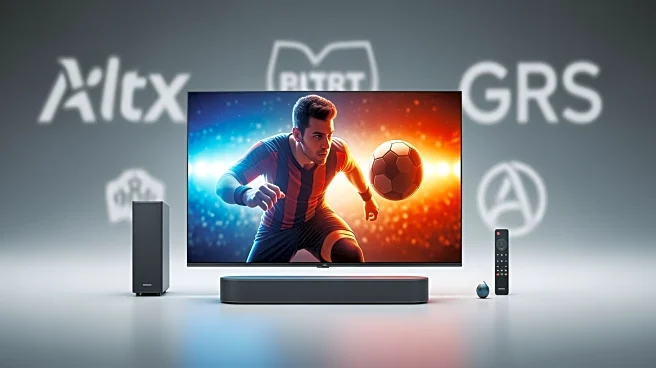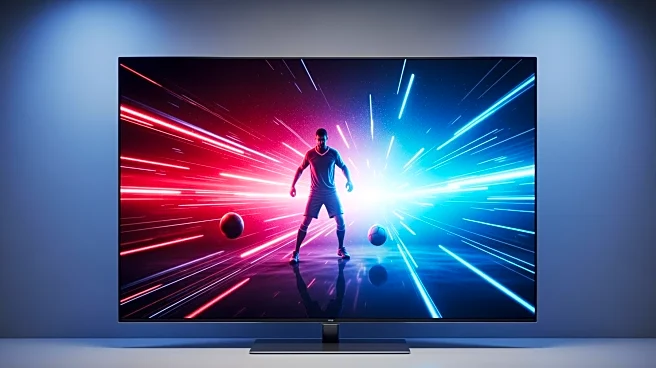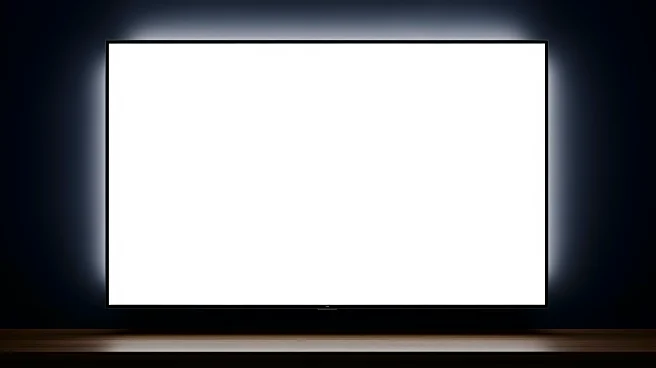What's Happening?
The ongoing dispute between Google and Disney over YouTube TV has entered its eighth day, affecting millions of subscribers who rely on the service to watch sports. The disagreement centers around the price
per subscriber that YouTube TV will pay Disney for its content, with YouTube TV seeking a deal similar to those of cable giants Spectrum and Comcast. Disney, however, wants all its channels included in the agreement, which YouTube TV is resisting due to cost concerns. As a result, ESPN channels remain unavailable on YouTube TV, impacting viewers' access to college football games and other sports events.
Why It's Important?
The dispute has significant implications for both companies and consumers. Disney is reportedly losing an estimated $5 million per day, while ESPN's ratings have declined. For consumers, the lack of access to ESPN channels disrupts their ability to watch live sports, potentially leading to subscriber dissatisfaction and loss. The situation highlights the complexities of negotiations between content providers and streaming services, affecting the broader landscape of media consumption and distribution.
What's Next?
As negotiations continue, consumers are exploring alternative ways to access ESPN content, such as ESPN Unlimited, Hulu + Live TV, and Fubo TV. These options provide temporary solutions but may lead to increased costs for viewers. The resolution of the dispute could set precedents for future agreements between streaming services and content providers, influencing pricing and availability of channels.
Beyond the Headlines
The dispute underscores the evolving nature of media consumption, with streaming services challenging traditional cable models. It raises questions about the balance between content accessibility and cost, as well as the impact on consumer choice. The situation may prompt discussions about the future of sports broadcasting and the role of major media companies in shaping viewer experiences.











